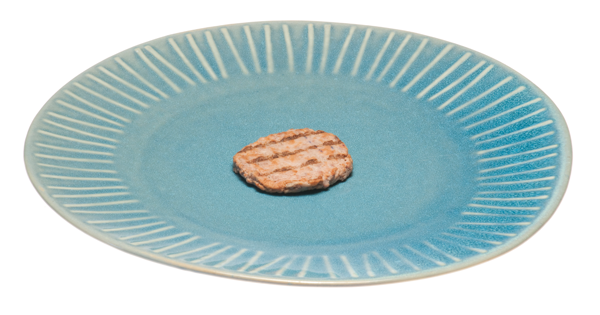Advertisement
Portions have gotten out of control in our culture. Over the past few decades, we’re just eating more and more.
Not only are fast food places selling us larger and larger portions, but chips, cookies, and sodas are all sold in larger containers, too.
And health scientists are saying that this is a huge part of what’s causing our obesity epidemic.
They’ve said that even in the past twenty years, our portions have ballooned in size. But cutting back to portions from the 90s is no longer enough. Some health experts believe we should go back even further—to portion sizes form the 50s, when food was still being rationed.

“Reducing portion sizes across the whole diet to realize large reductions in consumption may mean reverting to sizes of portions and tableware similar to those in the 1950s,” say researchers from Cambridge University.
They estimate that consumption of energy-dense foods has doubled since that time. Just reducing the size of a plate could reduce the daily food intake by 159 calories a day.
This is because we fill up plates when we eat. So by using a smaller plate, it looks like we’re eating more food, when in fact we’re eating much less. What people will realize that even cleaning a smaller plate will leave them full and satisfied.
“A 10 percent reduction in food intake may not seem like much, but multiplied by 60 million people it would have a really big impact on diabetes and obesity.”
However, making these kind of changes wouldn’t be easy. For example, it’s hard to push food chains and supermarkets to sell smaller portions of food when the larger portions are making so much money.
But it may be the solution we need. So try reducing your plate size at home, and see if it makes a difference.




